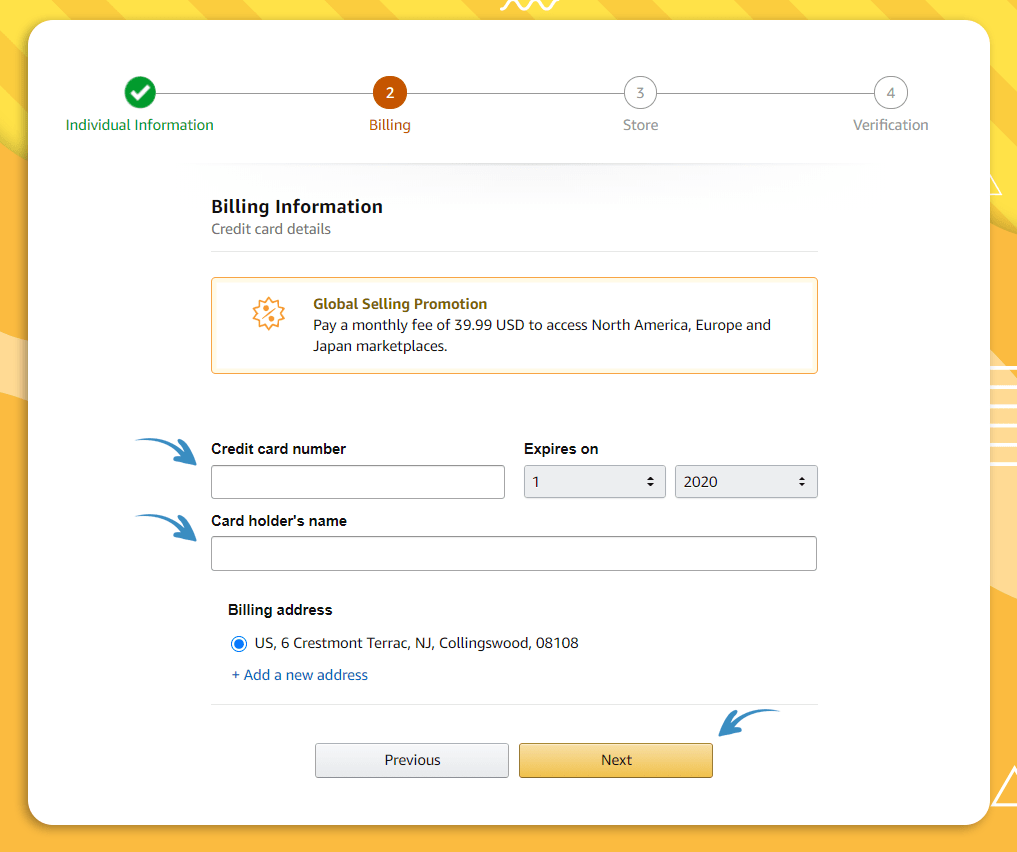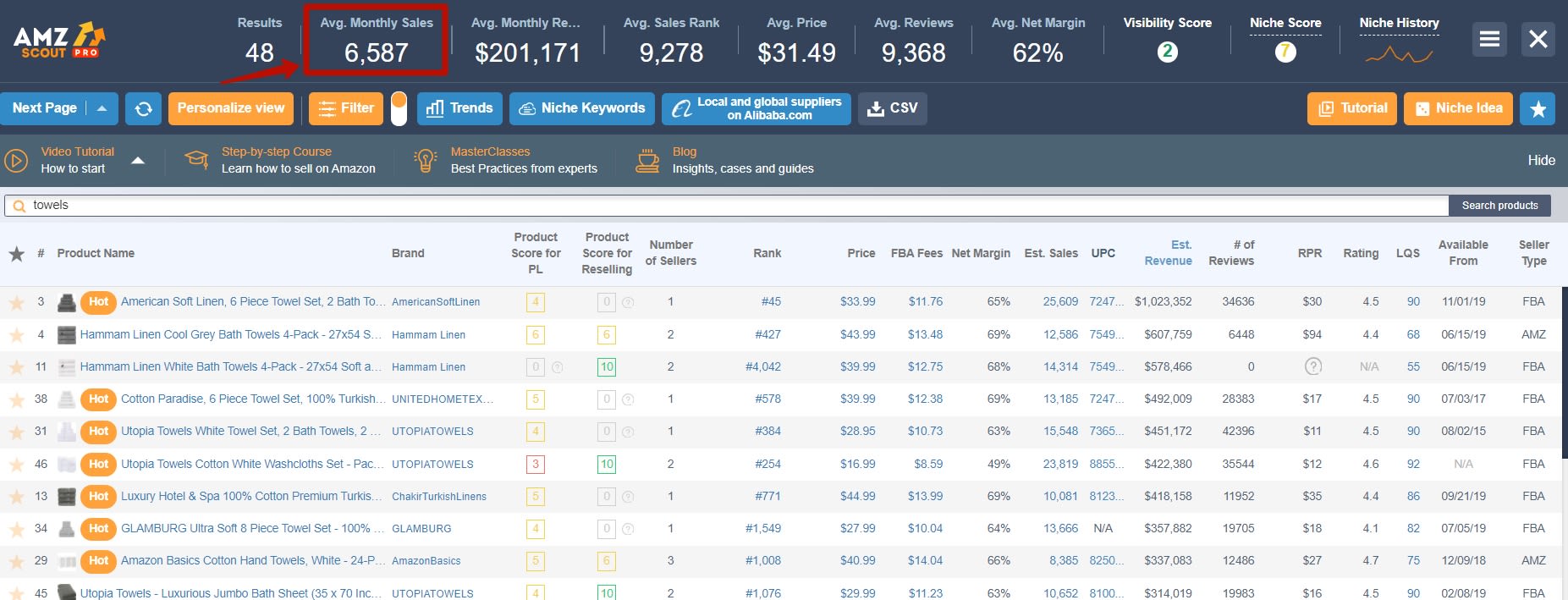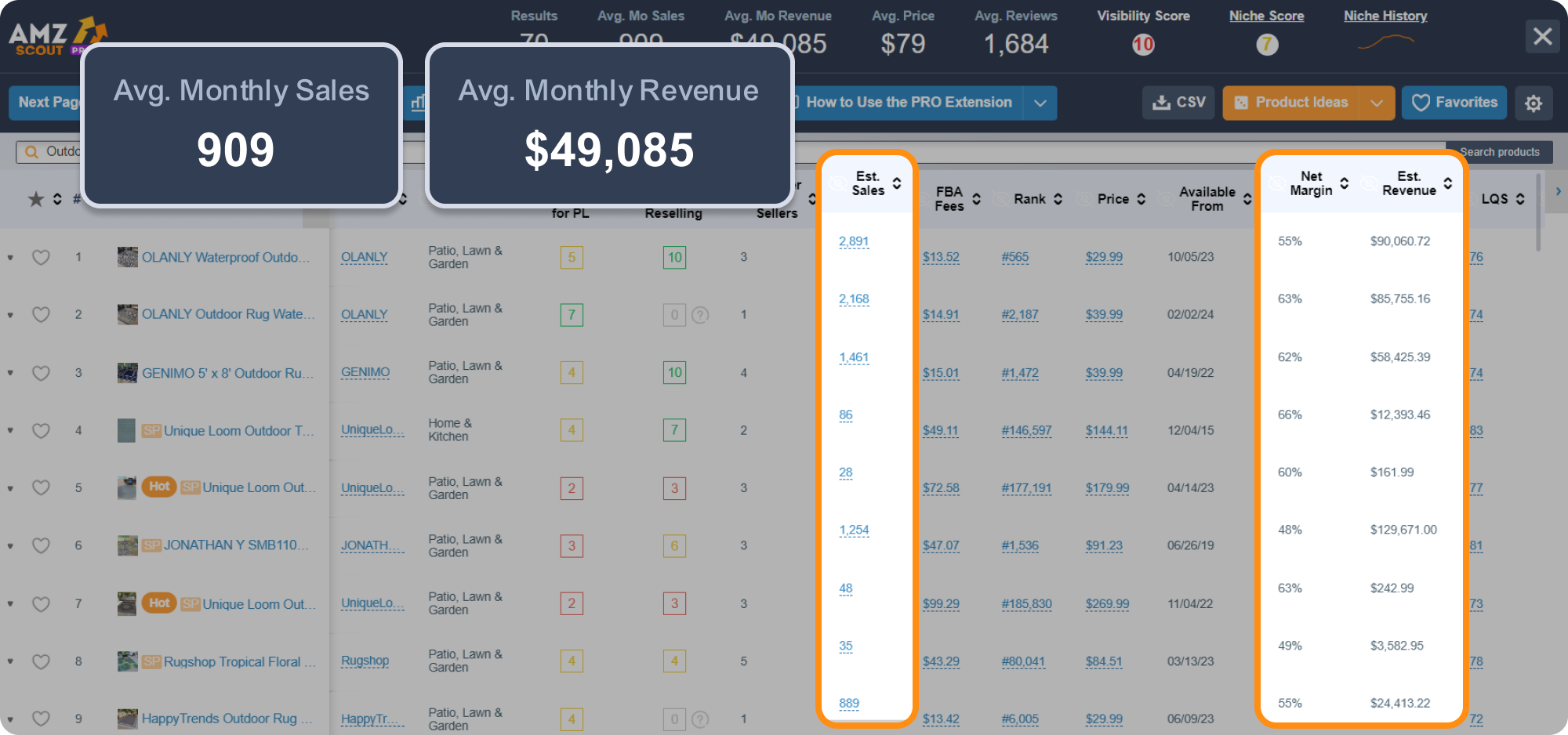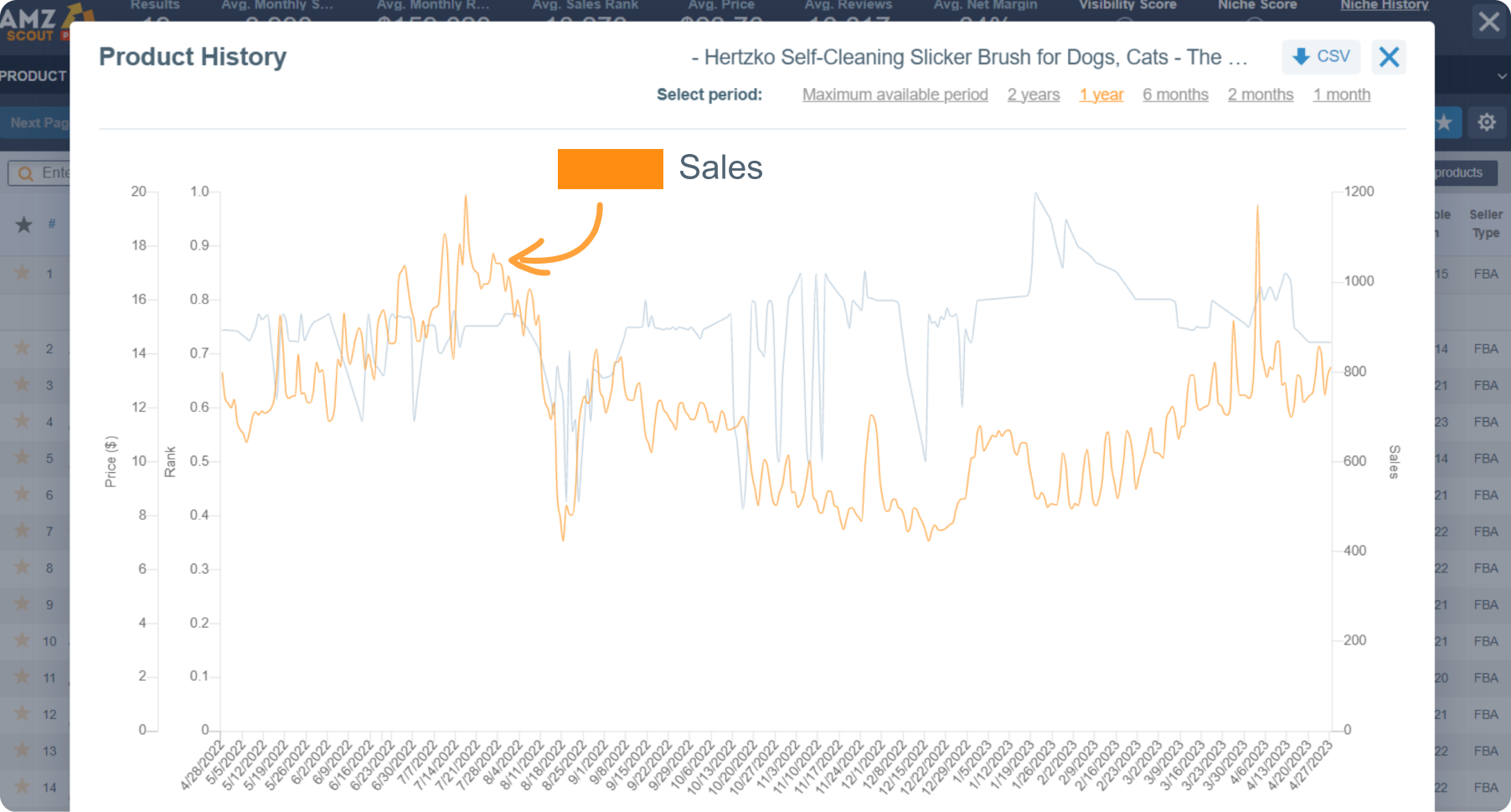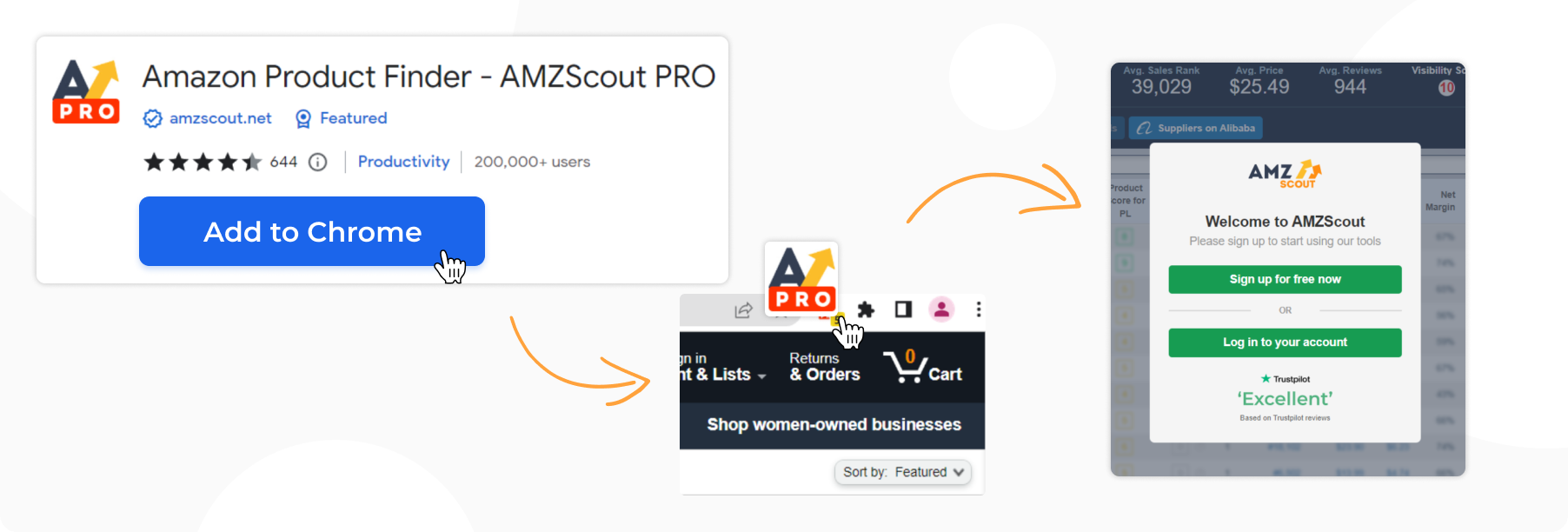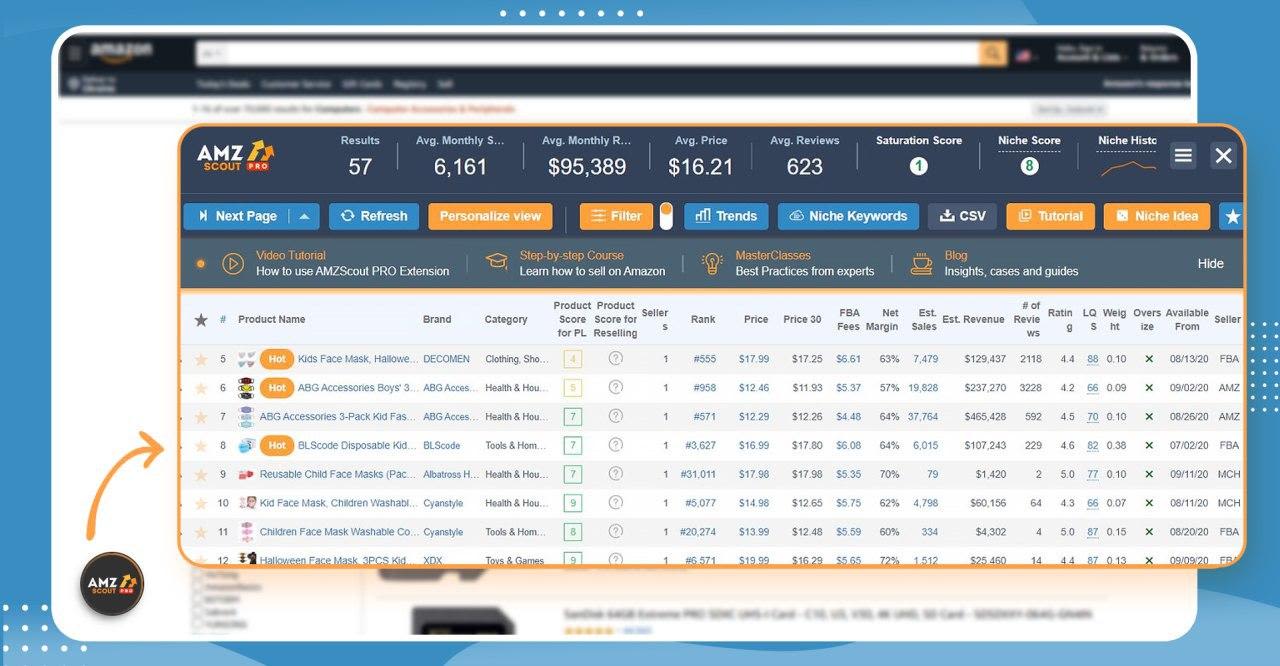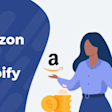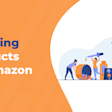
Walmart vs Amazon: Which One is Better for eCommerce Sellers?
If you’re looking for an online marketplace on which to sell, you have many different choices. Amazon is by far the most popular, but it’s not your only option. One marketplace that’s been gaining steam is Walmart, which has recently become the third largest e-commerce marketplace in the U.S.. Their brand recognition makes both of the above sites viable options for sellers.
In this article, we’ll review the pros and cons of selling on each of these platforms to help you decide the one that’s right for your business.
Table of contents
General Overview: Amazon VS Walmart
Amazon and Walmart are the largest e-commerce platforms with impressive traffic. Both present extensive opportunities for sellers.
Amazon, with its over two billion monthly visitors and more than six million active sellers, offers incredible reach and powerful tools to boost product visibility. Sellers can take advantage of services like Fulfillment by Amazon (FBA) to streamline their logistics and ensure fast delivery, which helps to enhance customer loyalty significantly.
Walmart is also a strong e-commerce platform, attracting over 400 million visitors monthly. While the number of sellers here is much lower than that ofAmazon, this creates a less competitive environment, making it easier to stand out. Walmart provides sellers with access to Walmart Fulfillment Services (WFS), which is similar to FBA, as it helps sellers with shipping and storage.
Getting Started on Amazon and Walmart
If you’re a new seller, you’re probably wondering how easy it is to get started. Let’s review how to sign up for both platforms.
Amazon
You can sign up for an Amazon Seller account right on the Amazon website. Just click Sign Up and you’ll be redirected to Amazon Seller Central.
The whole process only takes a few minutes. To sign up, you’ll need to have one form of government ID, a valid credit card, and your tax information. Because Amazon doesn’t require you to have a registered business, you don’t need to submit your business tax ID. You will need to verify your address, but Amazon will mail you a postcard to do that.
The approval process can take anywhere from 24 hours to one month, so if you plan to sell on Amazon, it’s best to start on your application as soon as possible. Once your account is approved, there are no additional steps and you’ll be able to access your Seller Central account.
Walmart
Before becoming a Walmart Seller, you must first register your business. Once that’s done, you can visit the Walmart website to sign up and create a Walmart Seller account.
The initial application process takes about 10-15 minutes. You’ll need to provide a U.S. business tax ID, your business address, an EIN verification letter for your business address, and the primary categories in which you plan to sell.
The approval process usually takes about two weeks. Once you receive an approval email, click the link to finish setting up your account. At this point, you’ll need to submit some additional information, including your tax information and shipping info.
Verdict
If you don’t already have a registered business, and you don’t want to go through the hassle of starting one, Amazon will be easier for you.
While both platforms are relatively easy to sign up for, Amazon has a slight edge since you don’t need to register a business first. While there are a number of benefits to having a registered business, many first-time sellers just want to start selling without having to take that extra step.
Product Data and Analytics
In order to be a successful seller, you need to have access to the latest sales data. This lets you know what types of products are selling and what isn’t, allowing you to make better decisions about which items to offer.
Let’s go over the available analytics tools for each marketplace:
Amazon
There are a number of analytical tools available for Amazon that will give you access to a wide array of valuable data.
For example, AMZScout��’s PRO Extension shows you any product’s:
Monthly sales
Revenue
Review totals
Sales margins
Sales history
Competition levels
...And more.
Just follow these steps:
Install the AMZScout PRO Extension. The app’s icon will appear on the screen next to the address bar.
Go to the Amazon website. Open any product page.
Launch the tool. Once you open the product listing, a round icon will appear automatically in the lower-left corner — just tap on it.
Analyze the results. Review the data on the dashboard to get a full picture of how the product sells.
This kind of information is invaluable when you’re trying to decide what to sell. It allows you to base your decisions on facts and data, rather than a gut feeling, which gives you a much better chance of success.
Walmart
Perhaps the biggest drawback of selling on Walmart is that there are no special tools designed to conduct analysis for this platform . This makes it impossible to know how many sales a certain product generates on their website.
The only option sellers have is to sort Walmart’s search results by “Best Seller”. This list ranks results in order of units sold. However, all this tells you is which products have generated the highest sales sold the most. It doesn’t tell you how many have sold, which makes this information not very useful.
Verdict
There’s no question that Amazon has the advantage here. The wide range of tools and data available to Amazon sellers makes it a lot easier to choose profitable products. While you can use Amazon’s tools to venture a guess about what might be selling well on Walmart, there’s no way to know for sure.
Fees and Costs
The next factor to consider is the cost of selling on each platform. These companies don’t let you sell on their marketplace for free, so it’s important to know what kinds of fees you’ll incur.
Amazon
There are two types of Amazon accounts you can sign up for. An Individual Seller account is free, but comes with a $0.99 fee for every sale. You can also opt for a Professional Seller account, which costs $39.99/month in place of the $0.99/sale fee.
In addition to the fees above, there are also referral fees, which range from 6-45% of the purchase price. However, for most categories, the fee falls between 8-15%.
If you use Fulfillment by Amazon (FBA), you’ll pay for both storage and fulfillment fees. Storage fees range from $0.87-$2.40/cubic foot each month. Fulfillment fees start at $3.22, and can grow up to $100 for very large and heavy items.
Walmart
Walmart doesn’t charge a monthly fee to sell on their marketplace. However, you’ll pay a referral fee of 6-20% on every sale you make. Walmart will also waive your referral fees for the first 30 days.
If you use Walmart’s fulfillment services, their fees vary from $3.45-$10/unit each month (depending on the conditions and sizes), which covers both fulfillment and storage.
Verdict
It’s clear that it’s cheaper to sell on Walmart than Amazon. However, you also have to remember what you’re paying for. An Amazon account gives you access to many more customers, so even with the additional fees, it’s likely that you’ll still end up generating a higher profit than you would on Walmart.
Fulfillment Options
Both marketplaces offer fulfillment services that allow you to have your inventory shipped to one of their warehouses. Walmart or Amazon associates will then ship your items to your customers each time an order is placed.
Let’s take a look at each of these fulfillment options to see how they compare.
Amazon
Amazon’s FBA program is the original fulfillment solution that has made e-commerce possible for virtually anyone. The company’s impressive logistics system means orders are delivered quickly and on schedule. Amazon also has a massive amount of distribution centers located all over the world, allowing you to sell in a variety of countries.
Unlike Walmart, you can automate your business by having your inventory shipped from your supplier to Amazon from any country. . Amazon also accepts products weighing up to 50 lbs, which means you have a lot more options when it comes to what kinds of products you can sell.
Finally, if you sell through Amazon using FBA, you’re also able to offer customers Prime shipping, which is a huge selling feature for Prime members. Walmart has a similar program called Walmart Plus, but it hasn’t reached the same level of popularity as Prime.
Walmart
Recently, Walmart introduced a Fulfillment Services option in order to compete with Amazon’s FBA program. The biggest difference between these two services is their pricing structures, which we already covered above. Walmart charges sellers one flat fee. Depending on the product, this could end up being a cheaper or more expensive option than Amazon.
The bigger drawback of Walmart’s Fulfillment Services is that your inventory must be shipped from within the U.S. This means that if your supplier is located overseas, you can’t have them send your products directly to Walmart for you. Instead, you’d have to receive your inventory first and then forward it to one of Walmart’s warehouses. Walmart also won’t accept any products that are over 30 lbs, or with dimensions measuring over 25″ x 20″ x 14″.
And If you want to sell to international customers, you’re out of luck, as Walmart only has fulfillment centers in the U.S., while Amazon has them all over the world.
Verdict
Amazon FBA wins by providing more distribution centers, the ability to ship inventory internationally, fewer restrictions on what you can sell, and Prime shipping. While Walmart’s Fulfillment Services option is a step in the right direction, it’s not nearly on the same level as FBA.
Which Platform is Better for Selling: Amazon or Walmart?
When choosing between Amazon and Walmart for online sales, Amazon often stands out as the better choice for several objective reasons. Each platform has its own advantages, but Amazon’s well-established presence, massive customer base, and streamlined seller resources make it an especially strong contender for those looking to maximize their reach and sales potential.
Amazon is generally the better choice for sellers due to a few key advantages:
Larger Customer Base: Amazon has a much larger customer base and a strong global reach, giving sellers more potential for high sales volume.
Established Fulfillment Network: With Fulfillment by Amazon (FBA), sellers gain access to Amazon's advanced logistics and customer service, which can improve shipping times and increase customer satisfaction.
Advanced Seller Tools: Amazon provides more robust analytics, marketing options, and various tools to help sellers manage and grow their businesses more efficiently.
Prime Membership: Amazon Prime members tend to prefer Amazon for the fast, free shipping benefits, making it a go-to marketplace for millions.
While Walmart is growing, Amazon’s extensive infrastructure, customer reach, and established tools often make it the better platform for sellers aiming to maximize their online sales.
Buying on Walmart and Selling on Amazon
An alternative option for sellers is buying products on Walmart and reselling them on Amazon. While most items are priced similarly on each marketplace, in some cases there are big price differences. If something is selling for a lot less on Walmart, you can purchase the product, list it on Amazon for more money, and profit off the price difference.
This process is called online arbitrage, and many e-commerce sellers are using it to make money. Here’s how it works:
1. Search for products. Look for new releases or best deals at Walmart.
2. Compare prices. Once you find a particular product you’re interested in from Walmart, find the same product on Amazon and do a price match to see if there’s enough of a difference to make a profit.
3. Evaluate a product’s potential quickly. To check all vital product information, you can use AMZScout’s Amazon Dropshipping, Arbitrage, and Wholesale Extension. This tool will help you by evaluating necessary criteria right on the search results page, like:
Estimated monthly sales.
The number and type of other sellers on the listing.
Size and weight.
4. Calculate your potential profit and ROI (Return on Investment). This tool provides you with a special calculator to find out how profitable your product will be. ROI is calculated as the ratio of net profit to the sum of costs and fees. The higher your ROI, the more promising the product is for dropshipping or online arbitrage.
So after you’ve chosen a product to sell, you can buy it in bulk on Walmart. Then, you add it to the existing listing on Amazon (if you’re a reseller) and figure out a way to have your product delivered to customers.
This strategy is great for people who don’t want to deal with suppliers. It’s also perfect for new sellers who have never purchased from wholesalers or manufacturers before. Plus, when you buy from Walmart, you can purchase as many or as few items as you want, making it a good option for people with a small budget.
Here are answers to some additional questions you may have:
FAQs
Can you sell on Amazon and Walmart at the same time?
Yes, you can sell on both Amazon and Walmart simultaneously. Many sellers list their products on both platforms to reach a wider customer base. However, each platform has its own specific policies, so you’ll need to ensure that you comply with both Walmart's and Amazon's guidelines for listing, pricing, and order fulfillment.
Can Amazon fulfill Walmart orders?
No, Amazon’s FBA (Fulfilled by Amazon) service cannot fulfill Walmart orders directly, as Walmart prohibits sellers from using Amazon-branded packaging for orders placed on its platform. However, some sellers use third-party logistics providers to fulfill orders across both marketplaces, or opt to fulfill Walmart orders on their own to meet Walmart’s packaging and shipping requirements.
Is it harder to sell on Walmart or Amazon?
Selling on Walmart can be more challenging than on Amazon for several reasons:
Application Process: Walmart is more selective and has a rigorous application process, requiring sellers to meet certain standards.
Lower Traffic: Amazon has a larger customer base and generates more frequent purchases, which often translates to higher sales volume.
Fewer Seller Tools: Amazon offers extensive seller tools and analytics, which Walmart is still developing for their platform.
That said, Walmart is still a growing platform with less competition, which can provide unique advantages for sellers who are able to meet their criteria.
Conclusion
In this case study, we found that both Amazon and Walmart offer advantages to e-commerce sellers. But when we do a comparison between these two competing retail giants, we find Amazon is the best option. You can opt to sell on both platforms, or use Walmart to find products to resell on Amazon with the help of AMZScout’s tools.

